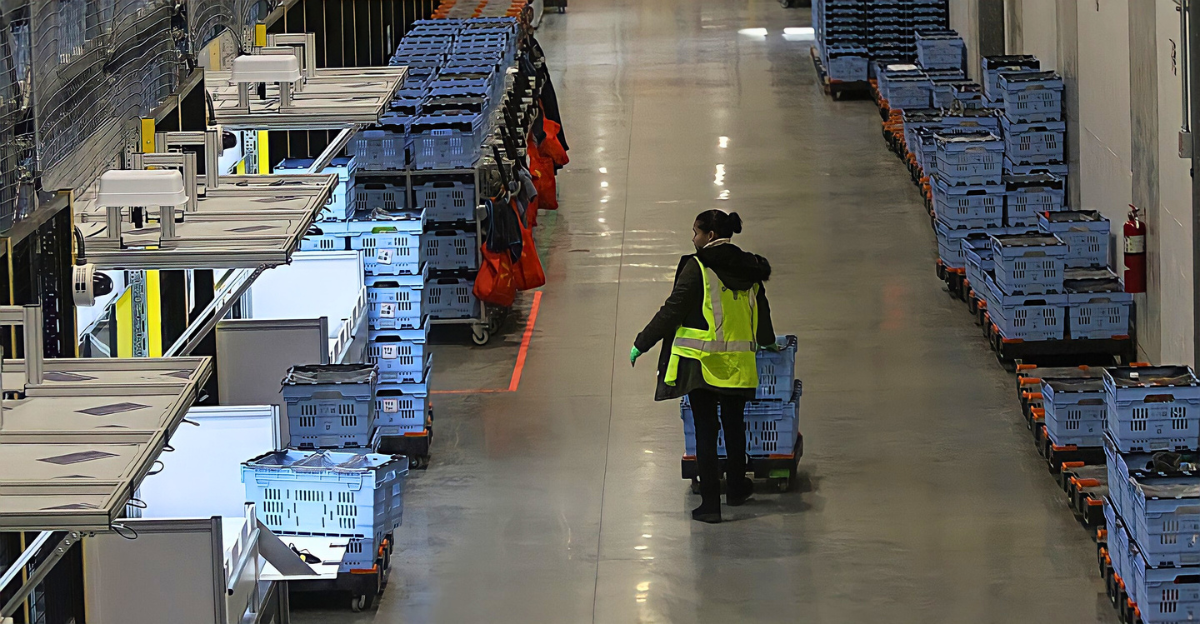
The closure of a warehouse in Lehigh County, which affected more than 700 jobs, is a noteworthy social and economic development. According to a report from mid-2025, this closure is related to the termination of a contract that affected United Natural Foods in North Whitehall Township. Such large-scale job losses have an impact on local income, consumer demand, and the larger fabric of the community in addition to individual workers.
Even though these occurrences are frequently viewed from an economic perspective, they are intricately linked to supply chain, technological, and psychological factors. Understanding how widespread layoffs affect local economies already adjusting to changing labor markets and automation trends, in addition to causing lost wages, is the ultimate goal of this event.
The Background of Plant Closures in History
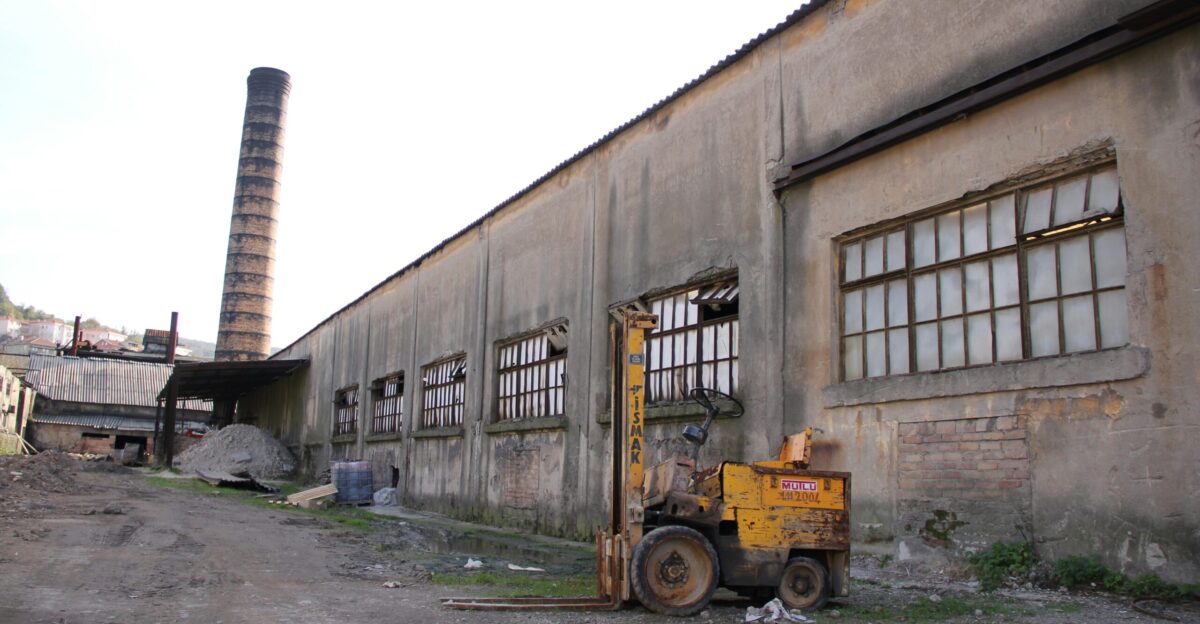
Large plant and warehouse closures have historically resulted in significant adverse labor shocks. According to scholarly research, a closure not only directly eliminates jobs but also indirectly causes more job losses in related industries by reducing demand for local services and suppliers. Due to the multiplier effect, every direct job loss may result in multiple regional job losses.
Research shows that lower local income lowers service demand, which exacerbates the economic downturn (e.g., Moretti 2010). Outmigration, decreased labor force participation, increased unemployment, and deteriorating community well-being can all be caused by such closures. Vulnerable populations face greater adversity as a result of closure impacts, which are frequently distributed unevenly.
Profile of the Labor Market in Lehigh County
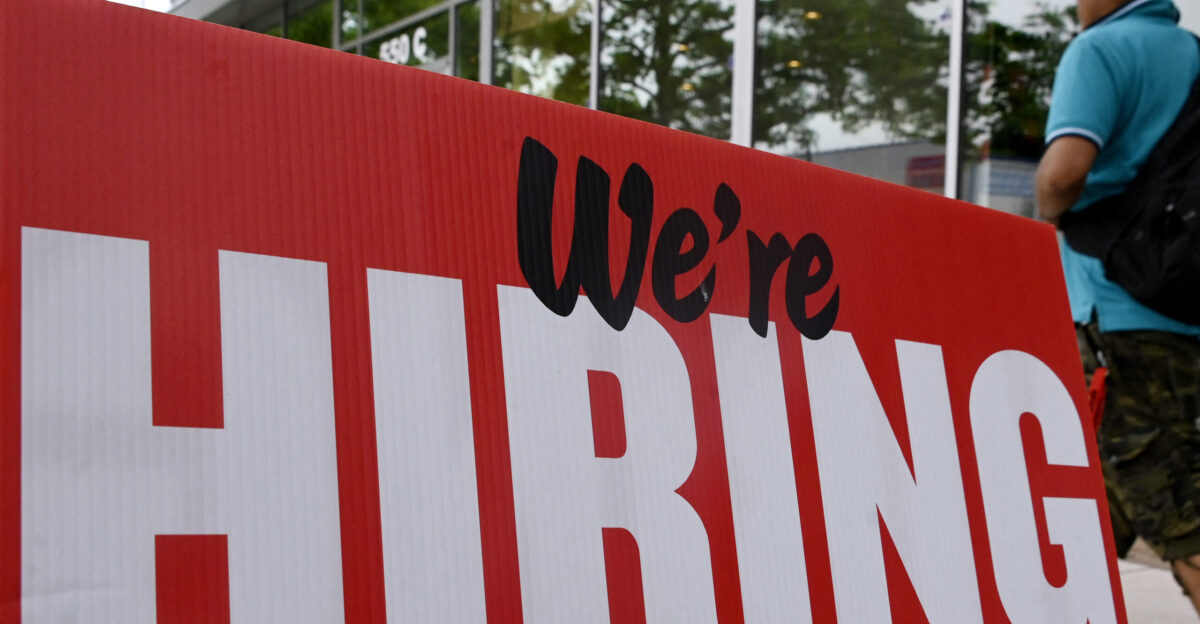
In early 2025, Lehigh County’s unemployment rate was a moderate 4.4%, marginally higher than previous months but lower than historical averages, before the warehouse closure. Despite earlier COVID-19 effects, the economy had been experiencing consistent job growth. Yet, considering that the county employs about 355,100 people overall, a shock of more than 700 layoffs is a material hit.
The region’s labor market problems are made worse by the compression of employment opportunities, which disproportionately impacts blue-collar workers and those without immediate alternative employment. Underemployment metrics and seasonal employment fluctuations imply that job quality was under stress even prior to closures, which could have exacerbated the effects. The effectiveness of economic diversification and the rate of recovery will determine the long-term regional economic trajectory.
The Impact of Warehouse Automation on Employment Displacement
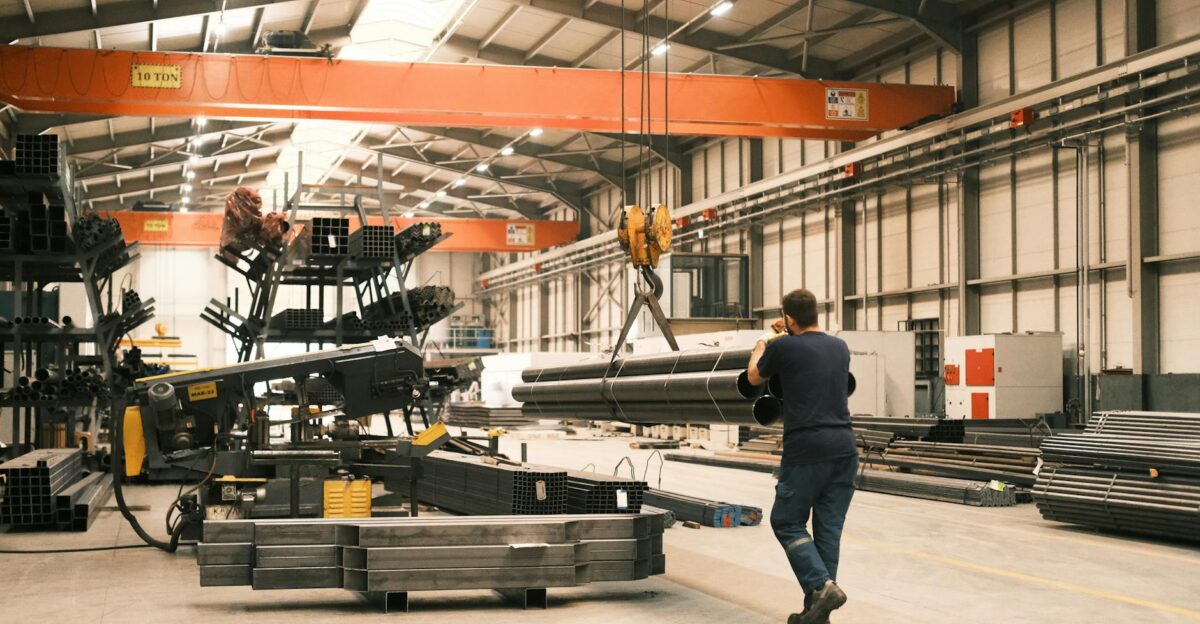
The quick uptake of warehouse automation technologies is one underlying trend that is speeding up job losses and warehouse closures. Intelligent warehouse management systems, collaborative robots (cobots), and autonomous mobile robots (AMRs) all boost productivity while lowering the need for manual labor. Smart warehouses use automated task execution, machine learning to forecast demand, and real-time digital platforms to optimize operations.
Even though these developments are necessary for business, they also upend established job models by reducing the demand for labor and making some jobs obsolete, which indirectly leads to closures like the one that occurred in Lehigh County. The rate at which technology is adopted varies significantly between industries and geographical areas, frequently depriving displaced workers of sufficient opportunities for retraining.
The Impact of Warehouse Automation on Job Loss

Rapid warehouse automation technology adoption is one underlying trend driving job losses and warehouse closures. Collaborative robots (cobots), autonomous mobile robots (AMRs), and intelligent warehouse management systems all boost productivity while decreasing the need for manual labor. With automated task execution, machine learning demand forecasting, and real-time digital platforms, smart warehouses maximize operations.
Business needs are met by these advancements, but they also upend traditional job models by reducing labor demand and making some positions obsolete, which indirectly leads to closures like the one that occurred in Lehigh County. Different industries and geographical areas adopt technology at wildly different rates, which frequently leaves displaced workers without sufficient opportunities for retraining. Broader economic trends toward digitalization highlight the value of lifelong learning, workforce flexibility, and public-private partnerships.
The Effects of Mass Layoffs on the Mind

Financial difficulties are not the only human repercussions of losing a job in such mass layoffs. Layoffs are linked to increased stress, anxiety, depression, and low self-esteem, according to psychological research. Layoff survivors experience persistent role ambiguity and insecurity, which negatively affects their mental and physical well-being. A widespread sense of disposability and uncertainty is fueled by the stigma associated with losing one’s job, and difficulties finding new employment exacerbate this feeling.
This worsens the social repercussions of warehouse closures by undermining personal fortitude and community morale. These stresses frequently put a strain on social networks and family dynamics, with repercussions that reach community health metrics. Targeted counseling, integrated community resources, and policy interventions in line with social service frameworks are necessary to address these mental health effects.
Effects of the Economic Ripple Beyond Direct Job Loss

Beyond the initial 700+ workers, the Lehigh County warehouse closure has wider economic repercussions. Reduced consumption of local goods and services results from lower household income, which lowers small business revenue. Reduced orders for suppliers and contractors connected to the warehouse indirectly increase job losses. The community’s capacity to recover without deliberate intervention may be weakened by this domino effect, which could weaken the real estate market, put a strain on social welfare systems, reduce local government tax revenue, and limit the provision of public services.
If these indirect effects are not accompanied by coordinated economic revitalization strategies, they may prolong economic recovery and worsen inequality. Planning for broad-based economic resilience is vital, as evidenced by the interdependence of local economies.
Disruptions to the Supply Chain and Regional Risk

Closing a warehouse affects the flow and availability of products by upsetting important supply chain nodes. Due to the Lehigh warehouse’s primary function of distributing groceries, its closure may result in shortages, delayed deliveries, and inflationary pressures in local food markets. Labor disruptions increase supply chain fragility, which will likely lead to higher costs and a decline in competitiveness for local companies that depend on timely logistics.
Because product scarcity alters purchasing patterns and erodes trust in supply reliability, these disruptions have an impact on consumer behavior. Wider supply chain links could spread these impacts outside the area, impacting national food security and causing businesses and governments to modify their supply chain risk management plans.
Opposition: Automation as a Possibility

Although job loss is the immediate result, some contend that warehouse automation offers a significant opportunity. The efficiency gains from automation can spur the creation of jobs in supply chain innovation, software engineering, robotics maintenance, and advanced logistics management.
The long-term effects of unemployment may be lessened in areas that invest in workforce development, particularly by reskilling displaced workers for tech-oriented jobs and apprenticeships. Therefore, if handled proactively, the closure might lead to a reorganization of the labor market that favors higher-skilled, better-paying jobs. This viewpoint proposes adaptive economic models that close the gap between displaced workers and new job demands, urging us to see automation as a transformative force rather than just a threat.
Strategies for Policymakers to Reduce the Impact of Layoffs

Warehouse closure shocks can be lessened with effective policy responses. The chances of reemployment for displaced workers can be enhanced by growing workforce development programs that emphasize obtaining credentials and receiving specialized training. In emerging industries with strong labor demand, such as the healthcare and care economy, local governments can directly encourage job creation.
Economic resilience is increased by investing in social supports that lower obstacles to retention and retraining, turning a crisis into a tactical advantage for long-term job expansion. To provide systemic and sustainable economic stability in areas susceptible to industrial disruptions, these multifaceted interventions necessitate cooperation between the public, private, and civil society sectors.
Community-Level Mental Sturdiness

Following layoffs, communities face social and emotional difficulties. Building strong community support systems and mental health services is crucial to assisting impacted people in managing stress, uncertainty, and social isolation.
By boosting workforce confidence, decreasing job search paralysis, and promoting unity that promotes collective renewal, addressing the psychological toll not only promotes individual well-being but also speeds up economic recovery. Beyond merely providing material aid, social capital, which takes the shape of networks, trust, and mutual assistance, is essential for mitigating adverse effects and encouraging flexible community responses to economic shocks.
The Function of Corporate Social Responsibility

Public opinion and community results are frequently determined by corporate closure strategies. Transitions can be made easier with open, caring communication and proactive assistance with severance, retraining, and job placement programs. Ethical leadership reduces long-term brand damage and improves company reputation.
On the other hand, sudden layoffs with little assistance exacerbate social discord, erode trust, and increase community resentment, undermining possible cooperative recovery initiatives. When adequately executed, corporate social responsibility initiatives can be effective models for handling inevitable workforce reductions while defending the interests of the community.
Closures Caused by Automation in Other Areas
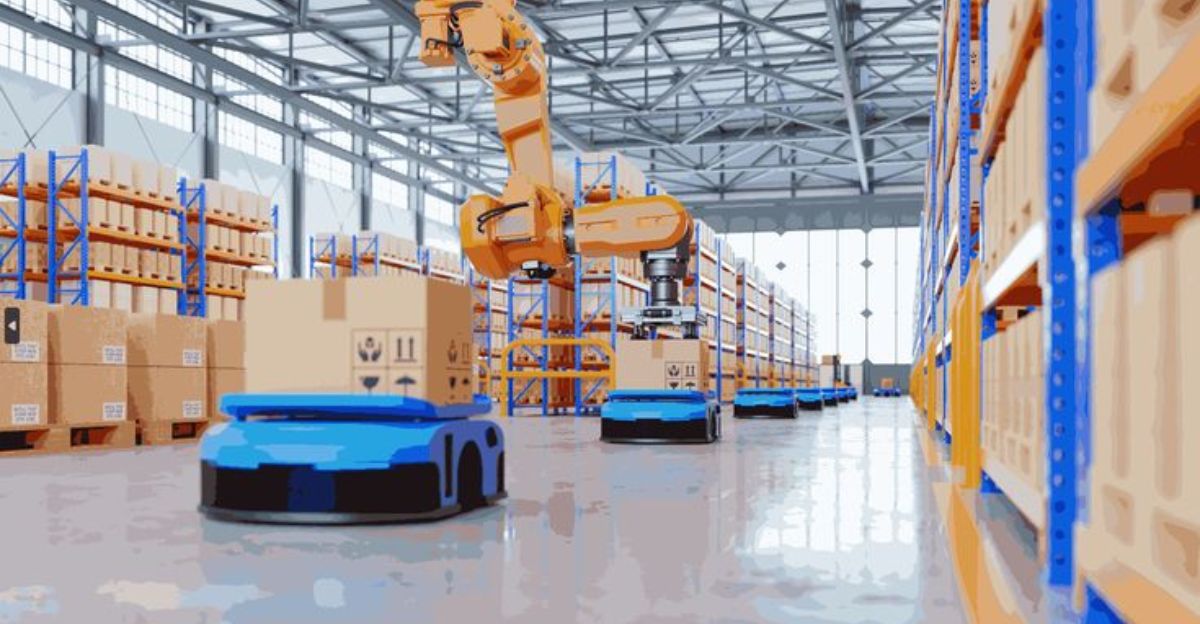
Recurring trends show that automation-led efficiency leads to warehouse closures and downsizing in other U.S. and international regions. These frequently accompany contract cancellations and changes in the market, which exacerbates job losses.
Research indicates that communities that incorporate automation into workforce transition planning experience better outcomes than those that do not, underscoring the significance of strategic integration as opposed to reactive measures. Comparative case studies highlight how important it is to invest in the development of human capital in order to reduce socioeconomic consequences during comparable industrial transitions.
Multi-Industry Cascades: Examining Severe Effects

Mass layoffs have the potential to cause an industrial domino effect that extends beyond the immediate sectors and affects nearby industries like retail, services, and transportation. This has the potential to worsen local recessions and increase unemployment beyond what was initially caused by the closure.
The destabilization of public infrastructure and population outmigration in severe cases highlight how a single warehouse closure can trigger systemic risks in the absence of mitigating frameworks. Such widespread disruption may eventually change the economic makeup of a region and call for all-encompassing recovery strategies that include social services, infrastructure, and economic diversification.
The Model of “Triple Shock”
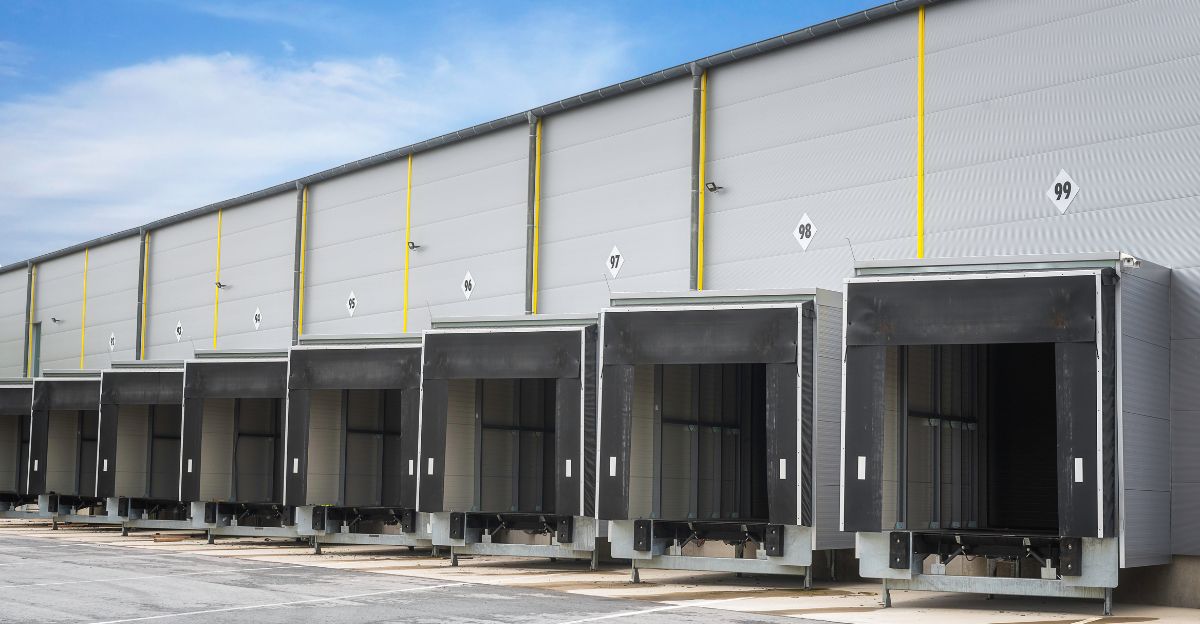
One could characterize the Lehigh County warehouse closure as a “Triple Shock”: a direct loss of employment, a redefinition of the labor market due to automation, and a psychological and social upheaval. The impact of the event is disproportionate to the initial headcount, which can be explained by this model.
It supports multifaceted policy interventions and corporate strategies designed for maximum recovery efficacy by combining economic, technological, and human factors under a single lens. The model also helps prioritize interventions across sectors and stakeholder groups and forecast possible outcomes, which improves the effectiveness and coordination of responses.
Future Trends That Are Hypothetical

If automation and contract volatility cause warehouse closures to go unchecked, regional labor markets may split between low-wage, high-skilled jobs and specialized technological roles. Social instability and inequality could worsen as a result of this polarization.
On the other hand, proactive regional planning and human capital investment could promote socially inclusive economic models, transforming automation from a threat to a tool for promoting community prosperity. Predicting these paths emphasizes how important corporate strategy, public policy, and community involvement are in forming just and sustainable economic futures.
Economic Stability and Public Health

Mass layoffs are a subtle but important factor in public health issues. A vicious cycle of poor health and unstable finances can be created by stress-related illness, reduced health coverage as a result of job loss, and decreased community healthcare funding. The need for coordinated social and economic policy responses to warehouse closures is heightened by this relationship.
For vulnerable populations in impacted communities, public health interventions that are in line with economic recovery programs can improve resilience and lessen long-term effects.
Wider Effects: National Security Aspects

Warehouse closures cause supply chain disruptions that compromise the stability of the distribution of necessities, which has an impact on national security. Stressed regional networks negatively impact emergency logistics, medical supplies, and food security.
This demonstrates how local warehouse job losses have significant effects on a country’s resilience and the welfare of its citizens under stressful circumstances, despite initially appearing to be economic and social. Therefore, maintaining a robust supply chain is not just a business concern but also a strategic necessity that calls for concerted government planning and private sector cooperation.
Recovering by Using Local Economic Data
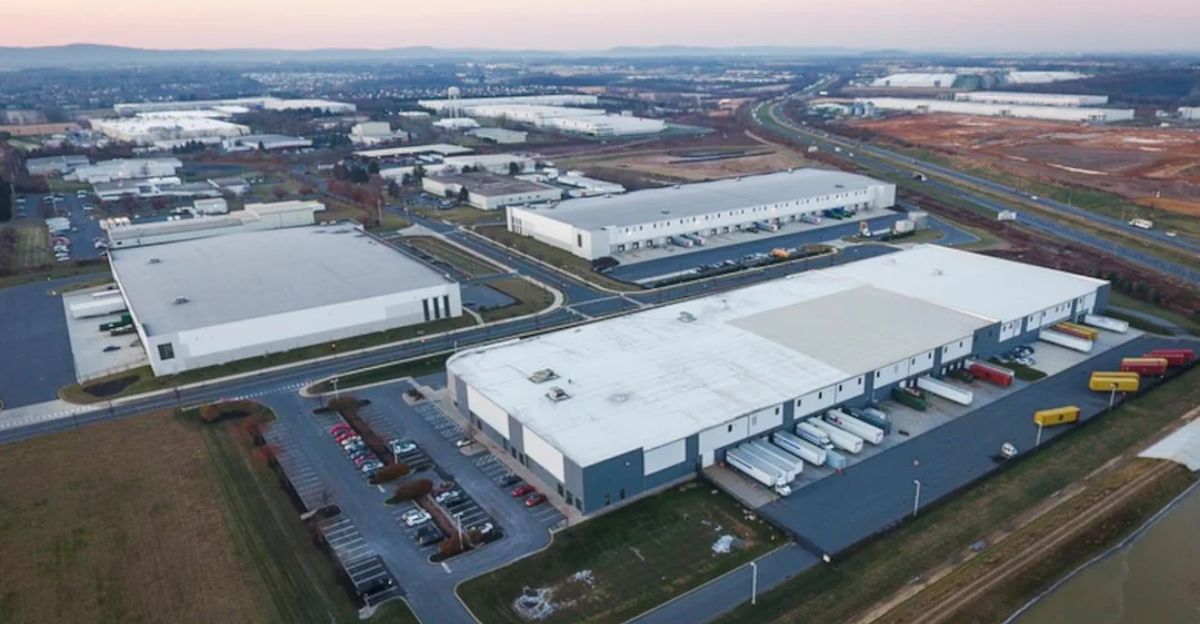
Economic data from Lehigh County, which shows modest unemployment rates before closure and slow employment gains, suggests that recovery is possible with focused efforts. Restoring economic vitality can be achieved by utilizing the strengths of the local workforce and adjusting to new technologies.
Offsetting the effects of closures requires data-driven strategies that focus on sustainable job creation and predict changes in the labor market. Finding growth industries, comprehending demographic trends, and coordinating workforce development with changing market demands all depend on regional economic analysis.
The Function of Apprenticeships and Education

One workable way to reattach long-term unemployed people is to invest in apprenticeships and community-based education that is in line with industry demands. These programs’ potential to address systemic unemployment barriers brought on by economic shocks like warehouse closures is highlighted by Pennsylvania’s bipartisan support for them.
Beyond providing short-term crisis responses, these programs can create long-term career pathways. Collaborations between academic institutions, businesses, and legislators are essential to creating flexible, future-ready workforces that can prosper in the face of industrial disruptions.
Conclusion

Over 700 jobs were lost as a result of the Lehigh County warehouse closing, which was a significant event with far-reaching effects. It serves as an example of both systemic economic ripple effects and changing industrial challenges, such as contract dependencies, automation, and psychological costs. In order to address these, integrated approaches that incorporate corporate responsibility, mental health support, workforce development, and regional economic planning are needed.
Communities like Lehigh County cannot turn disruption into resilient, inclusive growth unless they face the complexity and adopt creative frameworks. As global economic structures change quickly, this closure is more than just a loss; it is a call to reimagine industrial futures with humanity and foresight at their core, providing lessons for other industries and regions going through similar transitions.